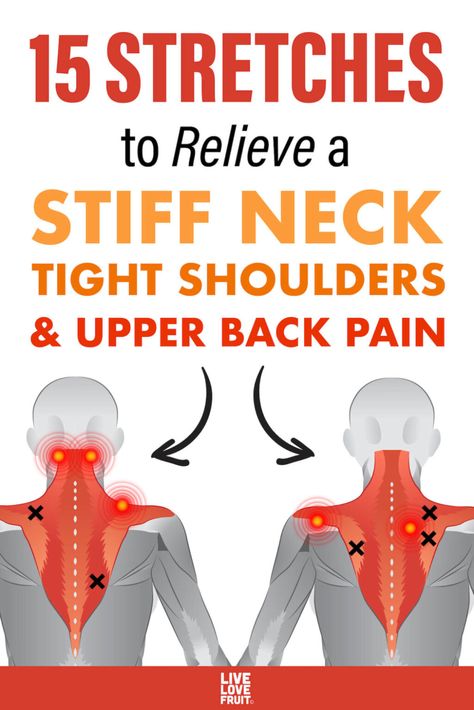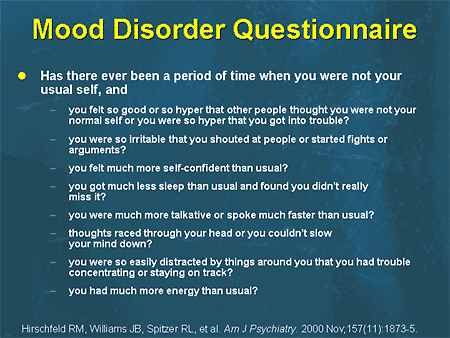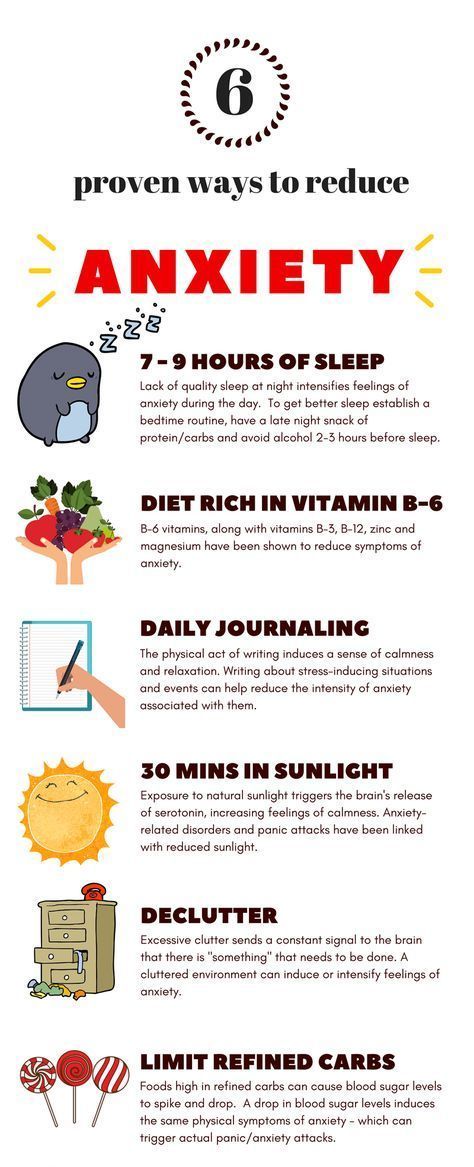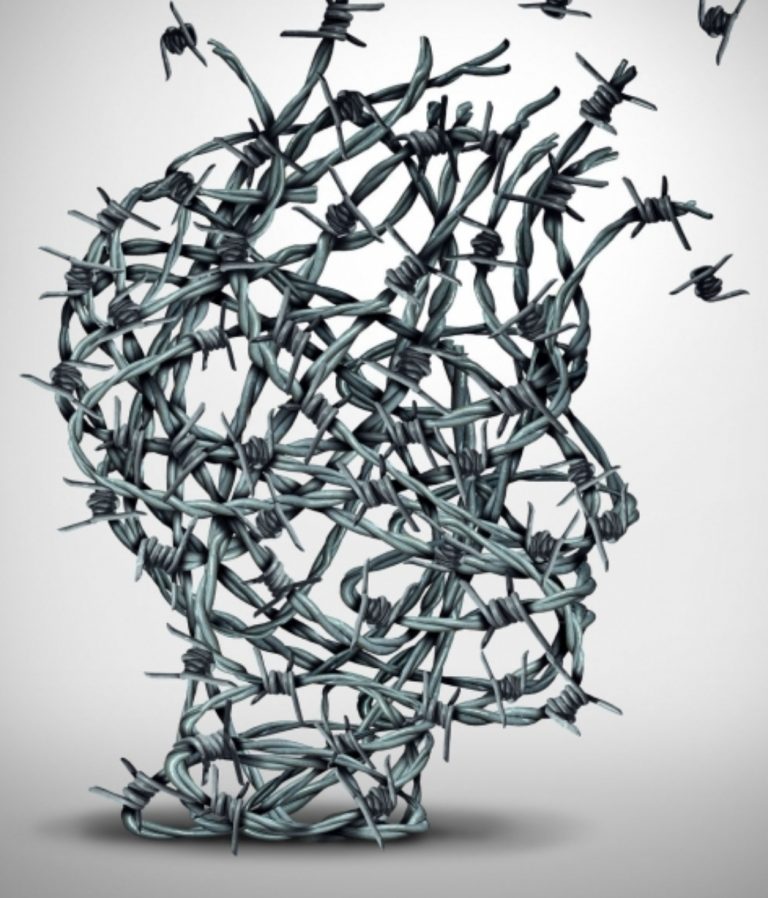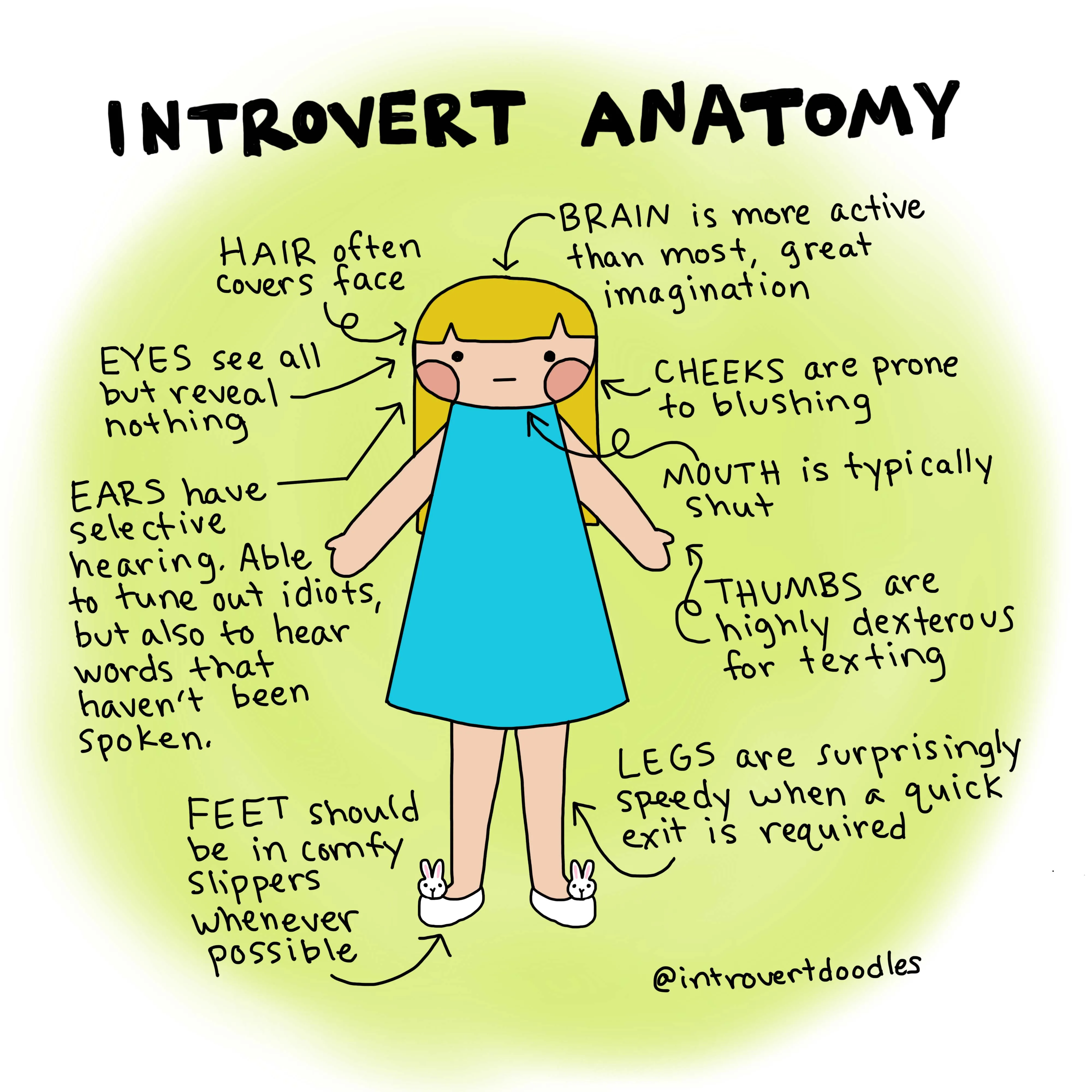Stressed out students
How to Help Your Stressed-Out Students (and Why You Should)
There’s no doubt that our society is moving at a faster pace than ever before. The effect of this rapidly-changing world has certainly has an impact on students. With increasing pressure to do and achieve more, students deserve a break. This is just one of many reasons why it’s crucial to build downtime into your lesson plans.
From free time to meditation, here’s a primer on adding downtime into your daily class routine — and why it’s so important.
Student Stress and Burnout
Any high school teacher will agree: students are stressed. There are so many academic and personal demands placed on today’s students, many simply can’t keep up with the pressure.
These stressors are amplified by learning and attention issues, clinical psychologist Deborah Offner points out. Having to manage these challenges makes it harder for those students to keep up with academic demands on a daily basis. It can also take a toll on a student’s social-emotional vulnerability, making them more sensitive and less resilient to small issues at school.
Stressed and anxious students may not perform as well academically, Douglas Carlson at FosterEDU explains. This is because stress preoccupies students with other thoughts and ideas. When students aren’t fully focused on their work, they might miss out important details during lectures. When it comes time for a test, stressed out students might not be prepared.
High school’s rigorous and demanding academic routine can even lead to burnout, Sadhvi Mathur at CollegeVine writes. Burnout is dangerous because it can lead to a lack of motivation among students. Students who lose passion and motivation during their senior year can jeopardize college and even career opportunities.
Meditation and Relaxation
Fortunately, tapping into the parasympathetic nervous system can help us ward off stress, according to Danielle Cuccio, CEO of yoga brand Cuccio Somatology. Yoga and meditation are great ways to reduce our inner “fight or flight” reaction which is often coupled with stress and anxiety. Cuccio suggests an easy meditation exercise that would work well in the classroom.
Cuccio suggests an easy meditation exercise that would work well in the classroom.
She says to start by sitting down for five to ten minutes. During this time teachers and students should simply sit with their eyes closed, breathing deeply. Then, a counting exercise can help walk students through the practice: “Count 1 on your inhale, exhale on 2, inhale on 3, exhale on 4…all the way to 20 and start again!” Cuccio adds.
Similarly, mindfulness exercises can shift student focus away from stressors and back to school, Sarah D. Sparks at Education Week says. For example, breathing exercises and visualizations can improve focus and reduce stress. Training students how to recognize the signs of stress is the first step in teaching mindfulness. Once students know how to identify these thoughts, they can apply simple breathing exercises. Daily practices like this can help students respond to stress with mindfulness on a daily basis.
Mental health counselor Stefanie Juliano suggests a few ideas to promote more mindful, less stressful classroom environments.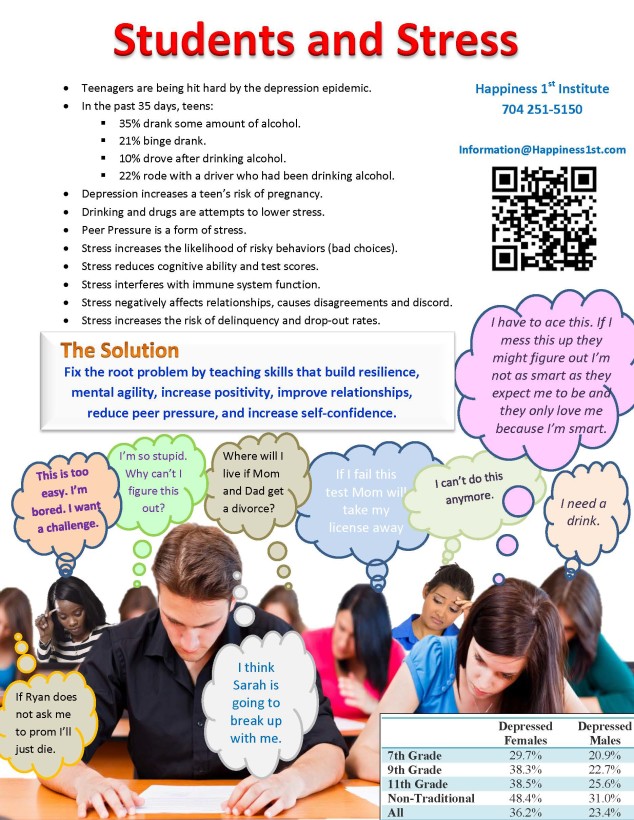 For example, she explains that standing desks or exercise balls help anxious students displace nervous energy. Some teachers might also create a serene relaxation corner. This area can be filled with comfortable pillows and bean bag chairs, as well as positive imagery and messaging.
For example, she explains that standing desks or exercise balls help anxious students displace nervous energy. Some teachers might also create a serene relaxation corner. This area can be filled with comfortable pillows and bean bag chairs, as well as positive imagery and messaging.
Playing music in the classroom can also help students de-stress because it promotes focus and relaxation. This music can be played during quiet reading or writing time. Or, it can be used as a backdrop for yoga and meditation in the classroom.
Either way, listening to soothing music can help students model this behavior at home when studying. This can be an important way to teach them self-care strategies in addition to relieving stress.
Aside from music and meditation, more educators are turning to napping to reduce student stress. With 30 additional minutes of downtime in the school day, students can reduce stress and find relaxation, Fernanda Molina, a student at George Mason High School in Virginia writes in her school newspaper.
This period should be totally free time that allows students to nap, write, relax or simply think. A core benefit of this period is that it should be technology-free, Molina stresses. This helps students disconnect and catch up on much-needed me-time without digital anxieties getting in the way.
Health policy journalist at NPR Patti Neighmond points to nap pods some high schools have started implementing. These 20-minute naps help busy students catch up on their sleep and can be vital for boosting memory and attention spans in stressed-out students. Teachers can recreate this model by teaching sleep and sleep education in class.
A unit on sleep in science class, for example, could tie into napping. Students might record their feelings before and after the nap to learn about the importance of rest and cell regeneration in the human body.
The science behind stress can also be a valuable learning tool, educator Carrie Starbuck writes. Since adolescents have particularly strong responses to emotions, stress and anxiety, finding out why can help them feel more at ease. Such lessons “should help teenagers get past initial negative emotional reactions so they can start using their prefrontal cortex, responsible for decision-making, when making choices,” Starbuck adds.
Such lessons “should help teenagers get past initial negative emotional reactions so they can start using their prefrontal cortex, responsible for decision-making, when making choices,” Starbuck adds.
Modeling Healthy Behaviors
Teachers can use classroom downtimes to model resilience. Being open about what’s stressing you out, for example, can help students see the real side of you. Then, talking about and sharing your own stress coping mechanisms can provide a healthy model for students in your class.
Talking to your students about their favorite activities can help you create lesson plans that helps them de-stress. Samantha Zabelle at Real Simple points to a New York University study on stress among high school students. The students noted a number of activities they engage in when they felt stressed. These included listening to music, playing computer games and participating in sports.
Helping students develop healthy stress-reducing mechanisms in the classroom can prevent unhealthy behaviors outside of school. In the same survey, researchers note that “38 percent of students reported getting drunk, and 34 percent reported getting high” as methods to cope with stress. Understanding healthier ways to manage these feelings in school can ensure that students stay out of trouble.
In the same survey, researchers note that “38 percent of students reported getting drunk, and 34 percent reported getting high” as methods to cope with stress. Understanding healthier ways to manage these feelings in school can ensure that students stay out of trouble.
Modeling Resilience
School leaders are models for how to cope with stress, setbacks and disputes, Jennifer Gunn at the Concordia University-Portland blog writes. Students look to their teachers to learn how they should bounce back in the face of everyday challenges.
Developmental psychologist Daniel P. Keating refers to this skill as resiliency. Resiliency helps people counteract stress from all directions. Specifically, resiliency is rooted in a growth mindset.
This mindset means that, with work and discipline, anything can improve and advance. “By creating a resilient culture, schools and their staff become more agile while staying focused on their primary goal of providing students with a foundation for lifelong success,” psychologist Ioan Rees explains at leadership solution provider Sycol.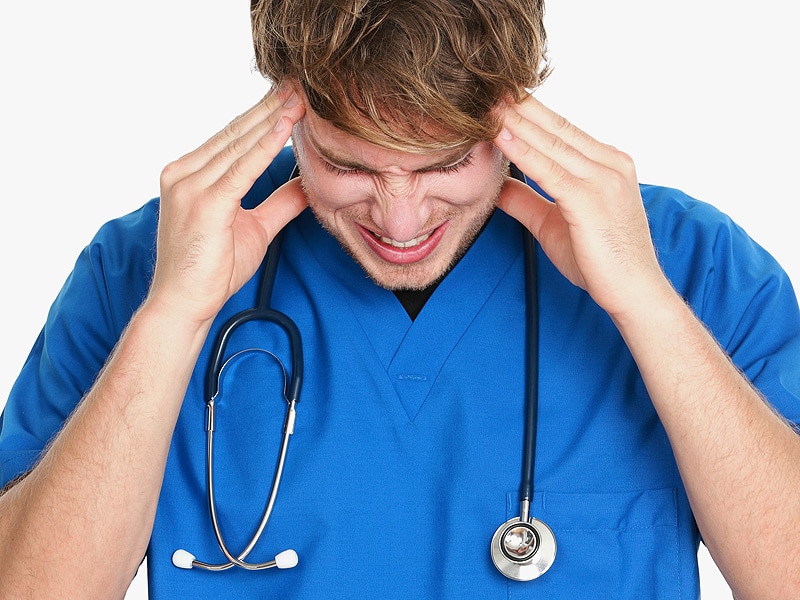
Keating’s suggestion is that social connections are key to overcoming adversity. “Schools can provide a crucially unique setting to support resilience, offering an opportunity for students to connect with teachers, coaches, and mentors who exhibit caring and concern for students, communicating to them that they do matter to important adults in their lives,” he writes.
Images by: wavebreakmediamicro/©123RF Stock Photo, Viktor Hanacek, Matthew Henry
The Student's Guide to Managing Stress
Stress levels in college students may be on the rise, but there are many ways to combat it. Get helpful tips for managing stress in college.
Reviewed by Karen Luu, MSN, PMHNP-BC
Our Review Network
BestColleges is committed to delivering content that is objective and accurate. We have built a network of industry professionals across healthcare and education to review our content and ensure we are providing the best information to our readers.
With their first-hand industry experience, our reviewers provide an extra step in our editing process. These experts:
- Suggest changes to inaccurate or misleading information.
- Provide specific, corrective feedback.
- Identify critical information that writers may have missed.
Our growing Review Network currently consists of professionals in fields like business, nursing, social work, and other subject-specific industries; professionals in higher education areas such as college counseling and financial aid; and anti-bias reviewers.
Reviewers typically work full time in their industry profession and review content for BestColleges as a side project. Our reviewers are members of the Red Ventures Education Freelance Review Network and are paid for their contributions.
See a full list of our Review Network contributors.
Edited by Hannah Muniz
Share this Article
Image Credit: g-stockstudio / iStock / Getty Images Plus
If you or someone you know is considering suicide, please contact the National Suicide Prevention Lifeline: 988 or 1-800-273-TALK (8255), available 24 hours a day, seven days a week. All calls are confidential, and anyone can use this service.
All calls are confidential, and anyone can use this service.
- Common among students, stress can cause adverse mental and physical side effects.
- Stress has many identifiable symptoms that can affect academic performance.
- Many colleges provide students with online and in-person mental health resources.
- If a school doesn't have the resources you need, it can direct you to external services.
Stress is just one of the many hurdles college students face. Short-term stress can help learners raise a grade, polish an essay, or pursue a coveted career opportunity. But long-term stress, if left unaddressed, can have detrimental side effects.
According to the American Institute of Stress, 4 in 5 college students experience frequent stress. Unchecked stress can lead to physical side effects like trouble concentrating, irritability, a lack of energy, appetite changes, a weakened immune system, and trouble sleeping.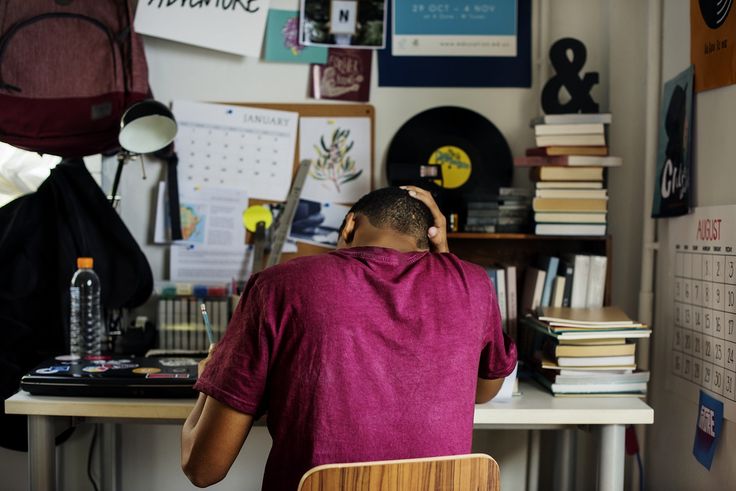
In addition to the negative side effects stress brings, more college students than ever report feeling it for extended periods. Although the majority of this stress often stems from coursework, other factors, such as family, friends, and work, can increase stress and contribute to undesirable academic and personal outcomes.
To address this issue, many colleges provide ample resources and opportunities for students to deal with stress positively. Keep reading to learn more about the different types of stress and solutions for managing it.
What Is Stress and How Does It Affect College Students?
Stress is a physical reaction to a person's emotions. Both positive events (e.g., an upcoming wedding) and negative events (e.g., the loss of a loved one) can cause stress.
When you feel an emotion that triggers stress, your adrenal gland releases epinephrine — the hormone responsible for the flight-or-fight response — and then cortisol.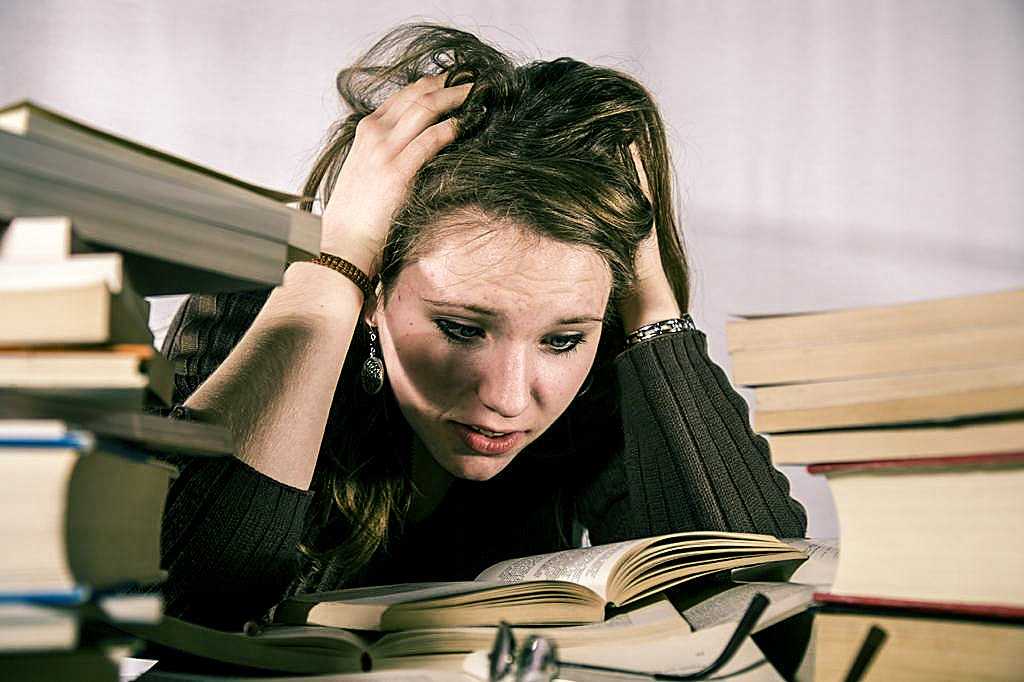 In dangerous situations, this response can save your life. Too much cortisol, however, can have a long-term, negative impact on your metabolic rate, memory formation, and blood sugar regulation.
In dangerous situations, this response can save your life. Too much cortisol, however, can have a long-term, negative impact on your metabolic rate, memory formation, and blood sugar regulation.
Stress can take one of three forms:
- Acute Stress: The most common form of stress, acute stress is the result of day-to-day stressors, such as waking up late, running to class, or receiving a bad grade. Fortunately, most acute stress fades quickly and has little mental or physical impact.
- Episodic Acute Stress: As its name suggests, episodic acute stress develops when a student experiences acute stress multiple times over an extended period. Common symptoms include migraines and tension headaches.
- Chronic Acute Stress: Chronic acute stress happens when someone can't avoid a long-term stressful situation. For example, students struggling academically in a major course may develop chronic acute stress, which can lead to weight gain, sleep deprivation, and anxiety.

What Are the Symptoms of Stress in College Students?
When people are exposed to stressors or stimuli that provoke stress, they experience an array of physical, emotional, behavioral, and cognitive reactions. As such, two students might experience stress in very different ways.
Below are some of the various ways stress can manifest in people.
- Physical Symptoms: Sweating, increased heart rate or blood pressure, vertigo, shortness of breath, muscle tension, headaches, stomachaches, fatigue
- Emotional Symptoms: Hostility, irritability, and other mood changes; increased worrying; feelings of helplessness; loneliness
- Behavioral Symptoms: Binge or reduced eating, drug or alcohol misuse, decreased sex drive, erratic sleep habits
- Cognitive Symptoms: Memory loss, loss of concentration, negative outlook, dissociation (i.
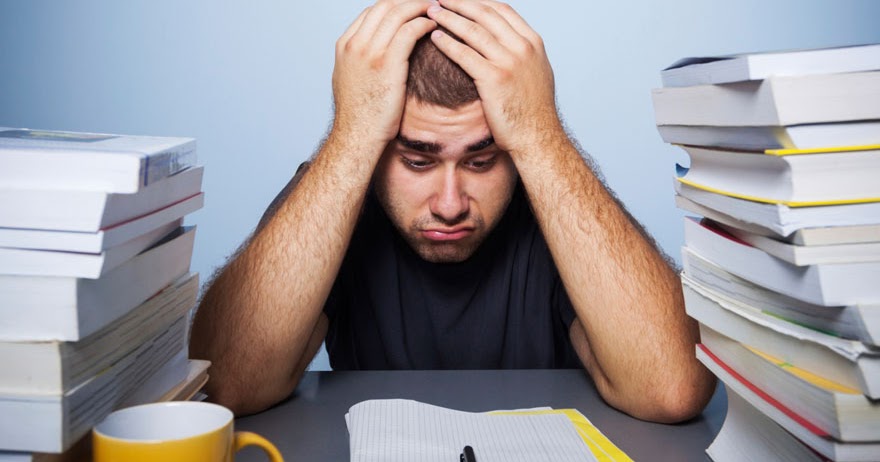 e., disconnection from your thoughts, feelings, and identity)
e., disconnection from your thoughts, feelings, and identity)
What Are the Causes of Stress in College Students?
College students respond to stressors in different ways, but some situations are almost always stressful. Here are some of the most common stressors for students.
Finances
Many students work while in school to afford high tuition and housing costs. Unfortunately, part-time jobs typically pay just minimum wage. If you're struggling economically, speak to your financial aid office to see whether you qualify for grants, loans, or work-study.
Homesickness and New Levels of Independence
On top of classes, exams, and meeting people, many students have to deal with growing up. Out-of-state students may be living away from their homes for the first time in their lives, which can easily become a source of constant stress.
Living Among Strangers
Students new to campus life often feel isolated, especially if they're in an unfamiliar city or state. Some students are naturally shy and may find it difficult to make friends.
Some students are naturally shy and may find it difficult to make friends.
Cohabitating With Roommates
Many students may not be accustomed to sharing a room with someone else, especially if their roommate is someone they hardly know. This situation can compound the normal stress of college life.
Coursework and Exams
Students often feel overwhelmed by the increased workload associated with college-level coursework. This realization can blindside students and contribute to stress and anxiety. In many classes, exams make up a large percentage of students' grades, causing midterms and finals to be more stressful than normal.
Family Turmoil or Loss Back Home
A 2014 NPR study found that the death of a loved one is the second-highest cause of stress amongst U.S. adults. A death in the family can be extremely traumatic for college students, especially if they live away from home and can't afford to take a break from classes.
Work Schedules
According to a 2013 survey by Citibank and Seventeen Magazine, 4 in 5 students work while attending college. The average student works 19 hours a week. Many learners try to find a job that can accommodate the scheduling concerns associated with full-time education.
Social Obligations
In addition to academic pressures, college introduces plenty of social pressures, such as the idea that you must make tons of friends and party every weekend. Peer pressure and societal expectations can exacerbate stress, especially for first-year students.
Romantic Relationships
Romantic relationships take work. When you and your partner face the stresses of college life, the pressure can feel even greater. Additionally, many students may be in the process of questioning their sexuality and/or gender identity, which can impact dating and relationships.
Can College Stress Lead to Other Health Conditions?
Research shows that stress can lead to the development of many mental health conditions, including depression, anxiety, and substance misuse.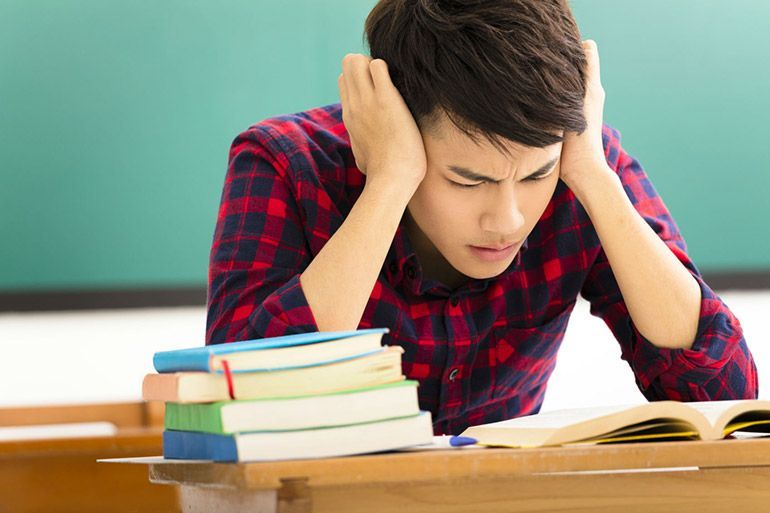 It can also introduce physical conditions like chronic pain.
It can also introduce physical conditions like chronic pain.
Depression
Depression is a complex mental health condition often caused by a combination of biological, psychological, and environmental factors. Floods of stress hormones can make people, including busy college students, more susceptible to depression.
Anxiety
Severe anxiety can signal an anxiety disorder. This condition, which is especially common among college students, is characterized by physical symptoms, such as muscle tension and shaking, as well as by racing thoughts, feelings of impending doom, fear, excess worry, and irritability.
Sleep Disorders
Sleep disturbances and anxiety often come hand in hand. According to the Anxiety and Depression Association of America, sleep problems can cause or exacerbate anxiety, and vice versa.
Substance Misuse
Some students turn to alcohol or drugs to help manage their stress; however, these dangerous coping mechanisms can lead to substance misuse.
 A 2018 study by the National Institute on Drug Abuse found that 28% of college students had engaged in binge drinking in the two weeks before the survey was conducted.
A 2018 study by the National Institute on Drug Abuse found that 28% of college students had engaged in binge drinking in the two weeks before the survey was conducted.Chronic Muscle Pain
For some students, stress can lead to ongoing physical conditions such as chronic neck aches, backaches, stomach aches, and headaches. The National Institutes of Health recommends practicing yoga and meditation to relax your body and release muscular tension.
How to Manage Stress in College: 7 Key Tips
Figuring out what situations might cause stress is only half the battle for college students. Fortunately, there are several tricks you can use to help you avoid getting stressed out, reduce how much stress you feel, and improve your ability to cope with and ultimately eliminate stress.
1. Get Enough Sleep
Getting both quality sleep and enough sleep offers a variety of health benefits, including reducing stress and improving your mood. What's more, students who sleep well are less likely to get sick, have better memory recall, and enjoy a clearer mind.
What's more, students who sleep well are less likely to get sick, have better memory recall, and enjoy a clearer mind.
2. Eat Well
Make an effort to eat nutritious meals and avoid eating on the run so you can avoid indigestion. You may also look for foods that are known to combat stress and boost your mood.
3. Exercise Regularly
In addition to keeping your body healthy, regular exercise releases endorphins and improves your overall cognitive abilities. Exercise can even help you fall asleep, thereby reducing stress. Keep in mind that exercise doesn't need to be strenuous — yoga, short walks, and stretching can all lead to immense mental health benefits and help relieve tension.
4. Don't Rely on Stimulants
Drinking coffee and energy drinks to fuel your late-night study sessions will inevitably lead to a crash later on. These stimulants boost cortisol levels in the body, increasing the physical effects of stress.
5. Set Realistic Expectations
Consistently having too much on your plate can lead to a lot of stress. Try to manage your workload by setting realistic expectations and picking a class schedule that gives you plenty of time to study and relax.
Try to manage your workload by setting realistic expectations and picking a class schedule that gives you plenty of time to study and relax.
Communication with professors is key — if you're swamped with work, you might be able to get an extension on an assignment by simply asking and explaining your situation.
6. Avoid Procrastinating
Procrastination might feel good in the moment, but it often leads to stress. By managing your time wisely, you can avoid spending all night catching up on coursework. Additionally, habitual procrastination may be a sign of ADHD or anxiety.
7. Identify a Stress Outlet
Stress can never be completely avoided; however, finding a healthy way to reduce stress can go a long way toward keeping it from overwhelming you. Common stress outlets include exercise, spending time with friends and family, and getting massages.
You can also try relaxation techniques such as deep abdominal breathing, concentrating on a soothing word (like "peace" or "calm"), doing yoga or tai chi, and visualizing tranquil scenes.
Where Can Students Go for Help With Managing Stress?
Stress can rise to dangerous levels, threatening students' physical, emotional, and mental health. But nobody has to face stress alone. Here are some organizations and resources you can contact to receive treatment and support for managing stress in college.
On-Campus Mental Health Services
Most colleges offer on-campus (and sometimes virtual) mental health services to students. You can usually find out more about a school's services by going online to its official website.
If you need immediate assistance, contact your school's student services. This department can direct you to appropriate resources, such as mental health clinics, online screening, and individual or group counseling. Taking advantage of these services can improve your mental health, allowing you to thrive academically and socially.
Off-Campus Centers and Hotlines
Schools that can't provide appropriate stress management resources will direct students to use an outside service, such as a local counseling or therapy center.
Other external resources include 24/7 hotlines. The National Suicide Prevention Lifeline at 1-800-273-8255 gives students space to talk with trained professionals about suicide ideation and conditions such as severe stress, depression, and anxiety.
Similarly, The Trevor Project offers many support services, including a 24/7 crisis counseling center and hotline, for LGBTQ+ students experiencing stress and other mental health challenges. For help, text START to 678678.
Once these professionals identify the underlying issue, they connect students with a long-term solution, such as a psychiatrist or substance misuse prevention group.
Frequently Asked Questions About Managing Stress in College
If left unaddressed, stress can lead to depression and anxiety in students. This can, in turn, negatively impact school and work performance and personal relationships with family, friends, co-workers, and peers.
This can, in turn, negatively impact school and work performance and personal relationships with family, friends, co-workers, and peers.
Adopting a stress-management regimen is one of the best ways to avoid and ameliorate problems related to stress. Students may want to practice yoga, meditation, and/or mindfulness on a regular basis.
Many factors contribute to rising stress levels in college students. For one, college continues to grow more and more expensive, which can pose financial obstacles to students and lead to stress and anxiety. Other common causes of college stress include challenges posed by the COVID-19 pandemic, rigor of coursework, struggles making friends, homesickness, and housing and food insecurity.
Students can manage stress in many healthy ways, such as by pursuing a new hobby, building a support system, and working on time-management skills.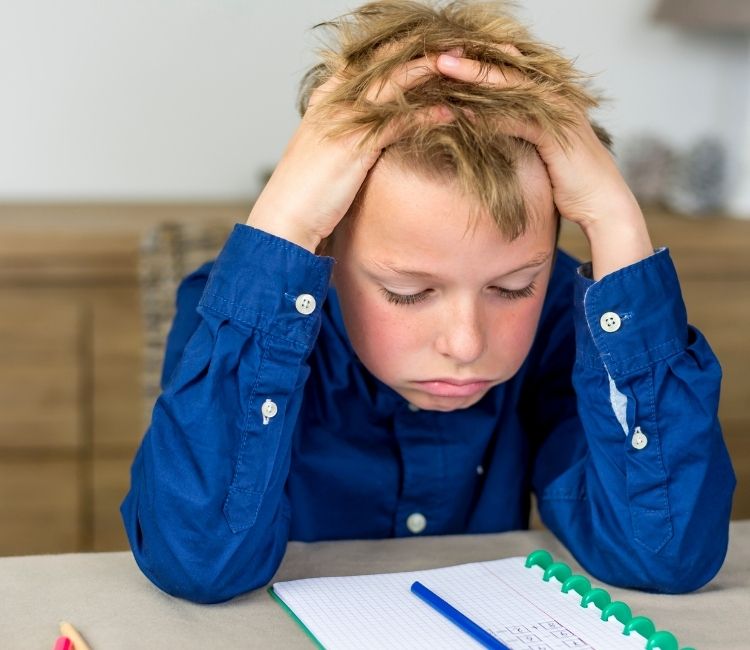 Other stress-management techniques include journaling and seeking counseling or medical help. Students should refrain from using drugs and alcohol to manage stress.
Other stress-management techniques include journaling and seeking counseling or medical help. Students should refrain from using drugs and alcohol to manage stress.
DISCLAIMER: The information provided on this website is not intended or implied to be a substitute for professional medical advice, diagnosis, or treatment; instead, all information, content, and materials available on this site are for general informational purposes only. Readers of this website should consult with their physician to obtain advice with respect to any medical condition or treatment.
How Colleges Can Support Students in Distress
With COVID-19 exacerbating stress levels and challenges for students, colleges need to start thinking about how they can leverage services to support learners.
Staff Writers
Top 5 Mental Health Challenges Facing College Students and How to Get Help
Learn the signs and symptoms of the most common mental health conditions among college students, and find resources for support.
Staff Writers
College Suicide Prevention Guide
Research indicates that more and more college students are thinking about suicide. Learn how to recognize the warning signs and get help.
Staff Writers
Comparative characteristics of academic stress and mental health of senior medical students studying at various universities (results of an interregional study)
Comparative characteristics of academic stress and mental health of senior medical students studying at various universities (results of an interregional study)- Main
- Articles
- Comparative characteristics of academic stress and mental health of senior medical students studying at various universities (results of an interregional study)
UDC: 616. 89:616-036.1 DOI: 10.33920/med-01-2005-04
89:616-036.1 DOI: 10.33920/med-01-2005-04
Ruzhenkova Viktoriya Viktorovna Candidate of Medical Sciences, Associate Professor of the Department of Psychiatry, Narcology and Clinical Psychology, Belgorod State National Research University, Ministry of Education and Science of the Russian Federation, Belgorod, e-mail: ruzhenkova @bsu.edu.ru.
Sheremetyeva Irina Igorevna Doctor of Medical Sciences, Professor, and. about. Rector of FSBEI HE "Altai State Medical University" of the Ministry of Health of the Russian Federation; 656038, Altai Territory, Barnaul, Lenina Prospekt, 40, e-mail: [email protected].
Viktor Aleksandrovich Ruzhenkov Doctor of Medical Sciences, Professor, Head of the Department of Psychiatry, Narcology and Clinical Psychology, Belgorod State National Research University of the Ministry of Education and Science of the Russian Federation, Belgorod, e-mail: [email protected].
Keywords: medical students, academic stress, anxiety, depression, social phobia, mental health
Stress has a negative impact on the mental health of students, causes anxiety and depression, leads to deterioration in academic performance, a decrease in the level of professional training and success in the future. The purpose of the study is to study the state of mental health of medical students in order to develop recommendations for the prevention of maladaptation. Materials and methods. Medical-sociological and psychometric methods examined 252 5th year students aged 20–29(22 ± 1.1) years, 168 (66.7%) females and 84 (33.3%) males: 137 students at BelSU and 115 at Altai State Medical University (ASMU). Results. It has been established that every fifth student of NRU BelSU and every third ASMU did not enter a medical university on their own initiative. Less than half (43%) of the students of NRU BelSU and 30.4% of ASMU are convinced of the correct choice of profession, and 35 and 37.4%, respectively, are completely disappointed. Students of NRU BelSU more acutely perceived educational stress factors and, as a result, more pronounced mental symptoms of educational stress, difficulties in organizing the daily routine, irregular meals and fear of the future. Regardless of the region of study, the number of students who are not committed to the medical profession, after 5 years of study, is more than 3 times higher among those who did not enter on their own initiative.
The purpose of the study is to study the state of mental health of medical students in order to develop recommendations for the prevention of maladaptation. Materials and methods. Medical-sociological and psychometric methods examined 252 5th year students aged 20–29(22 ± 1.1) years, 168 (66.7%) females and 84 (33.3%) males: 137 students at BelSU and 115 at Altai State Medical University (ASMU). Results. It has been established that every fifth student of NRU BelSU and every third ASMU did not enter a medical university on their own initiative. Less than half (43%) of the students of NRU BelSU and 30.4% of ASMU are convinced of the correct choice of profession, and 35 and 37.4%, respectively, are completely disappointed. Students of NRU BelSU more acutely perceived educational stress factors and, as a result, more pronounced mental symptoms of educational stress, difficulties in organizing the daily routine, irregular meals and fear of the future. Regardless of the region of study, the number of students who are not committed to the medical profession, after 5 years of study, is more than 3 times higher among those who did not enter on their own initiative.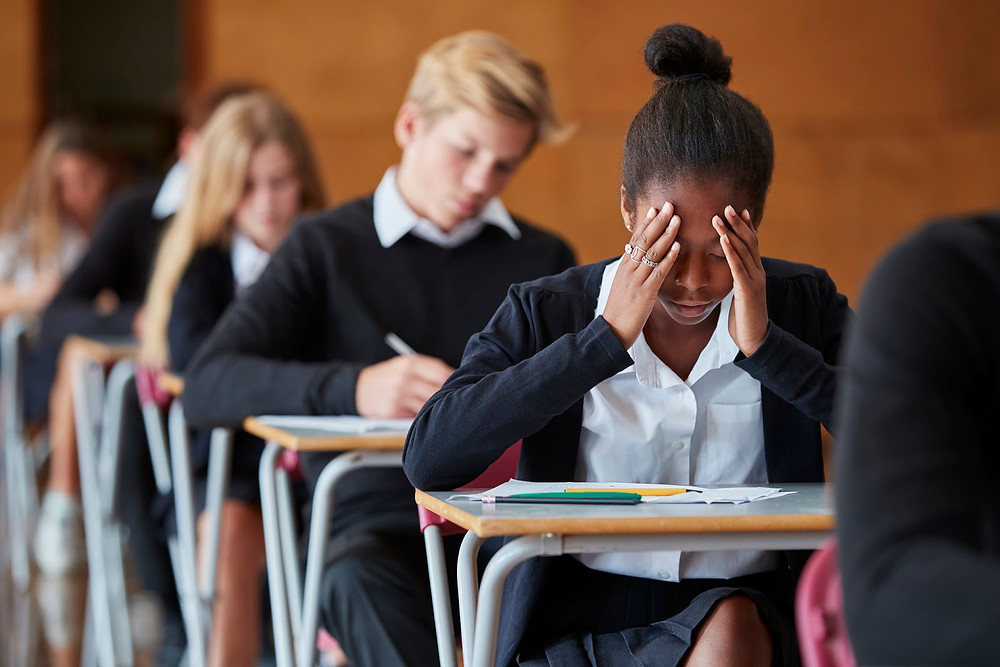 ASMU students more often used drugs to overcome academic stress, skipped classes, were fond of computer games and took sedatives. The degree of anxiety before exams among the students of NRU BelSU was higher (9points) than their peers from ASMU (7 points). An extremely high (8–10 points) level of anxiety before exams was characteristic of 75.9% and 44.3% of students, respectively. The former were more likely to have clinically significant panic attacks: 27.7 and 6.1%. Conclusion. Considering the high frequency of social phobias (19.1–24.1%), depression (22.6–32.2%) and anxiety (21.9–27.8%) among medical students, it is necessary to develop and implement psychocorrectional programs aimed at on the formation of adaptive ways to overcome stress, reduce the level of anxiety and depression, which will prevent the development of psychosomatic disorders and addictions.
ASMU students more often used drugs to overcome academic stress, skipped classes, were fond of computer games and took sedatives. The degree of anxiety before exams among the students of NRU BelSU was higher (9points) than their peers from ASMU (7 points). An extremely high (8–10 points) level of anxiety before exams was characteristic of 75.9% and 44.3% of students, respectively. The former were more likely to have clinically significant panic attacks: 27.7 and 6.1%. Conclusion. Considering the high frequency of social phobias (19.1–24.1%), depression (22.6–32.2%) and anxiety (21.9–27.8%) among medical students, it is necessary to develop and implement psychocorrectional programs aimed at on the formation of adaptive ways to overcome stress, reduce the level of anxiety and depression, which will prevent the development of psychosomatic disorders and addictions.
References:
1. Conley C. S., Shapiro J. B., Kirsch A. C. et al. A meta-analysis of indicated mental health prevention programs for at-risk higher education students.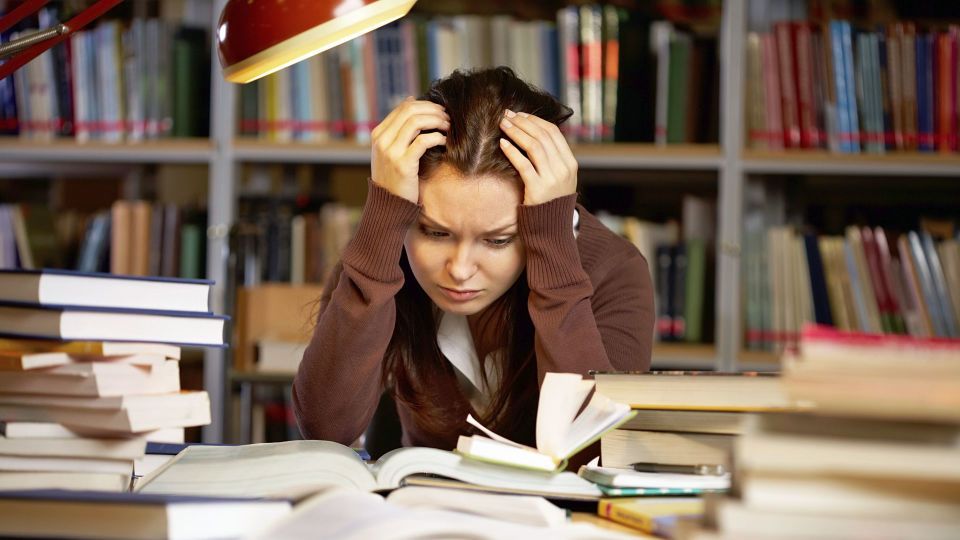 J Couns Psychol. 2017; 64(2): 121–140. https://doi. org/10.1007/s11121-015-0543-1.
J Couns Psychol. 2017; 64(2): 121–140. https://doi. org/10.1007/s11121-015-0543-1.
2. Tung Y. J., Lo K. K. H., Ho R. C. M. et al. Prevalence of depression among nursing students: A systematic review and meta-analysis. Nurse Education Today. 2018; 63:119–129. DOI: 10.1016/j.nedt.2018.01.009.
3. Winzer R., Lindblad F., Sorjonen K. et al. Positive versus negative mental health in emerging adulthood: a national cross-sectional survey. BMC Public Health. 2014; 14:1238. https://doi.org/10.1186/1471-2458-14-1238.
4. Winzer R., Lindberg L., Guldbrandsson K. et al. Effects of mental health interventions for students in higher education are sustainable over time: a systematic review and meta-analysis of randomized controlled trials. Peer J. 2018; 6. Available at: https://peerj.com/articles/459eight/. Accessed: September 24, 2019. https://doi.org/10.7717/peerj.4598.
5. Rotenstein L. S., Ramos M. A., Torre M. et al. Prevalence of Depression, Depressive Symptoms, and Suicidal Ideation Among Medical Students: A Systematic Review and Meta-Analysis. JAMA. 2016; 316(21): 2214–2236. https://doi.org/10.1001/jama.2016.17324.
JAMA. 2016; 316(21): 2214–2236. https://doi.org/10.1001/jama.2016.17324.
6. Dahlin M., Joneborg N., Runeson B. Stress and depression among medical students: a cross-sectional study. Med Educ. 2005; 39(6): 594–604. https://doi.org/10.1111/j.1365-2929.2005.02176.x.
7. Zakharova LI Anorexia nervosa: prevalence, diagnostic criteria and psychosomatic correlations. Scientific results of biomedical research. 2019; 5(1): 108–121. DOI: 10.18413/231138955-2019-5-1-0-8.
8. Hunt J., Eisenberg D. Mental health problems and help-seeking behavior among college students. J Adolesc Health. 2010; 46(1): 3–10. https://doi.org/10.1016/j.jadohealth.2009.08.008.
9. Qamar K., Khan N. S., Bashir Kiani M. R. Factors associated with stress among medical students. J Pak Med Assoc. 2015; 65(7): 753–755.
10. Saeed A. A., Bahnassy A. A., Al-Hamdan N. A., Almudhaibery F. S., Alyahya A. Z. Perceived stress and associated factors among medical students. Journal of Family and Community Medicine.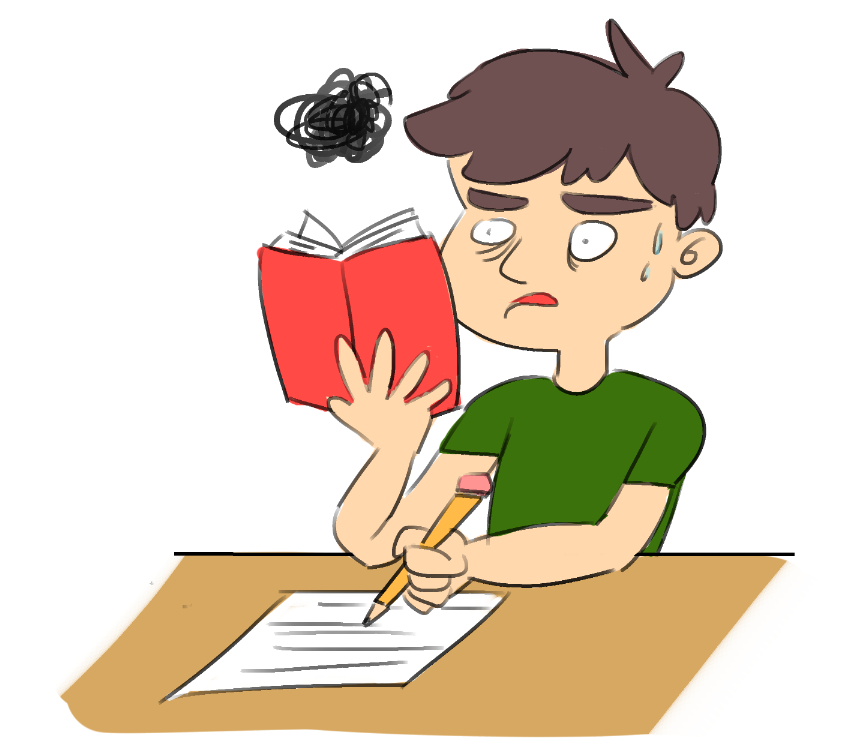 2016; 23(3): 166–171. DOI: 10.4103/2230-8229.189132.
2016; 23(3): 166–171. DOI: 10.4103/2230-8229.189132.
11. Gorbyleva KV, Bebinov SE, Zarifyan AG Correlation of psychophysiological characteristics of students of military and medical universities. Bulletin of the Kyrgyz-Russian Slavic University. 2014; 14(5):39–42.
12. A. Yu. Turovaya, A. Kh. International Journal of Applied and Basic Research. 2014; 5(1): 145–146.
13. Reisbig A. M., Danielson J. A., Wu T. F. et al. A study of depression and anxiety, general health, and academic performance in three cohorts of veterinary medical students across the fi rst three semesters of veterinary school. J Vet Med Educ. 2012; 39(4): 341–358. http://dx.doi.org/10.3138/jvme.0712-065r.
14. Ruzhenkova VV Educational stress as a risk factor for the formation of addictive behavior, anxiety and depressive disorders in foreign medical students. scientific result. Medicine and pharmacy. 2018; 4(2): 55–68. DOI: 10.18413/2313-8955-2018-4-2-0-6.
15. Ruzhenkov VA, Ruzhenkova VV Some aspects of student youth suicidal behavior and possible ways of prevention.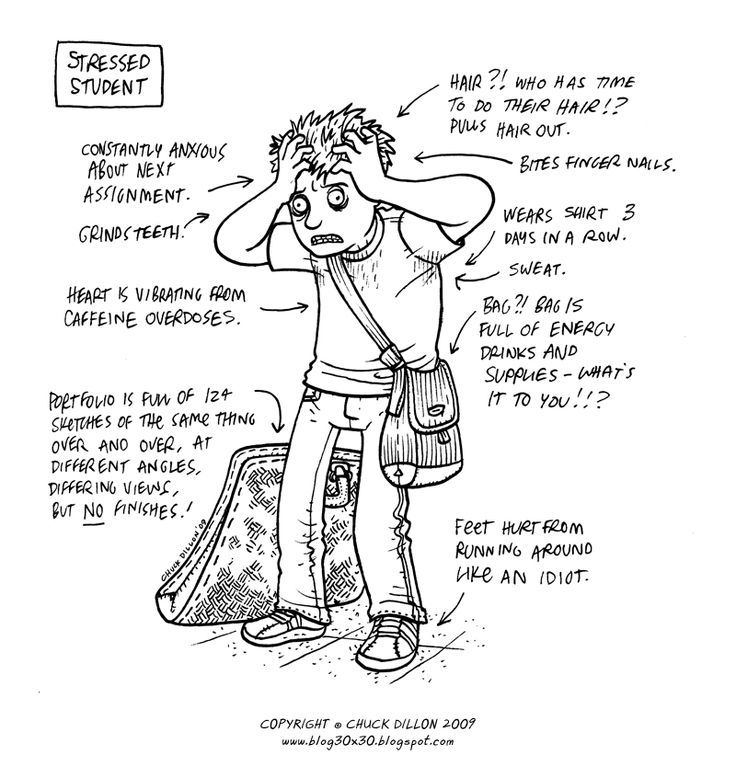 Siberian Bulletin of Psychiatry and Narcology. 2011; 4(67): 52–54.
Siberian Bulletin of Psychiatry and Narcology. 2011; 4(67): 52–54.
16. Yusoff M. S., Abdul Rahim A. F., Baba A. A. et al. Prevalence and associated factors of stress, anxiety and depression among prospective medical students. Asian J Psychiatr. 2013; 6(2): 128–33. https://doi.org/10.1016/j. ajme.2016.01.005.
17. Melaku L., Mossie A., Negash A. Stress among Medical Students and Its Association with Substance Use and Academic Performance. Journal of Biomedical Education. 2015. Available at: https://www.hindawi.com/journals/jbe/2015/149509/. Accessed: September 24, 2019. http://dx.doi.org/10.1155/2015/149509.
18. Efimova LA Evaluation of the influence of stress factors on students' learning behavior: on the example of students of TSU named after GR Derzhavin [Electronic resource]. — Access mode: http://www.tsutmb.ru/nayk/nauchnyie_meropriyatiya/int_konf/vseross/i_vserossijskaya_nauchnaya_studencheskay/oczenka_vliyaniya_stressovyix_faktorov_na_u (accessed 01.10.2019).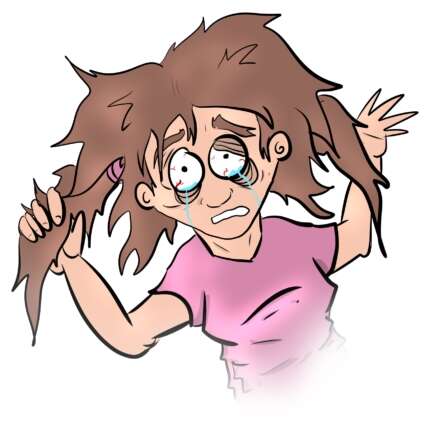
19. Mayer B. F. Factors associated with depression and anxiety in medical students: a multicenter study. BMC Med Educ. 2016; 16(1): 282–285.
20. Ruzhenkov VA, Ruzhenkova VV Attitude of nurses of a psychiatric hospital and faculty of higher medical education towards suicides as a reflection of social stigmatization. Suicidology. 2013; 4(2): 63–68.
21. Hankir A. K., Northall A., Zaman R. Stigma and mental health challenges in medical students [Electronic resource]. BMJ Case Rep. 2014. pii:bcr2014205226. — Mode of access: http://casereports.bmj.com/content/2014/bcr-2014-205226.long.
22. Adams D. F. The embedded counseling model: an application to dental students. J Dent. Educ. 2017; 81(1):29-35.
23. Aboalshamat K., Hou X. Y., Strodl E. The impact of a self-development coaching program on medical and dental students’ psychological health and academic performance: a randomized controlled trial. BMC Med. Educ. 2015; 15:134 [Electronic resource]. — Mode of access: https://bmcmededuc.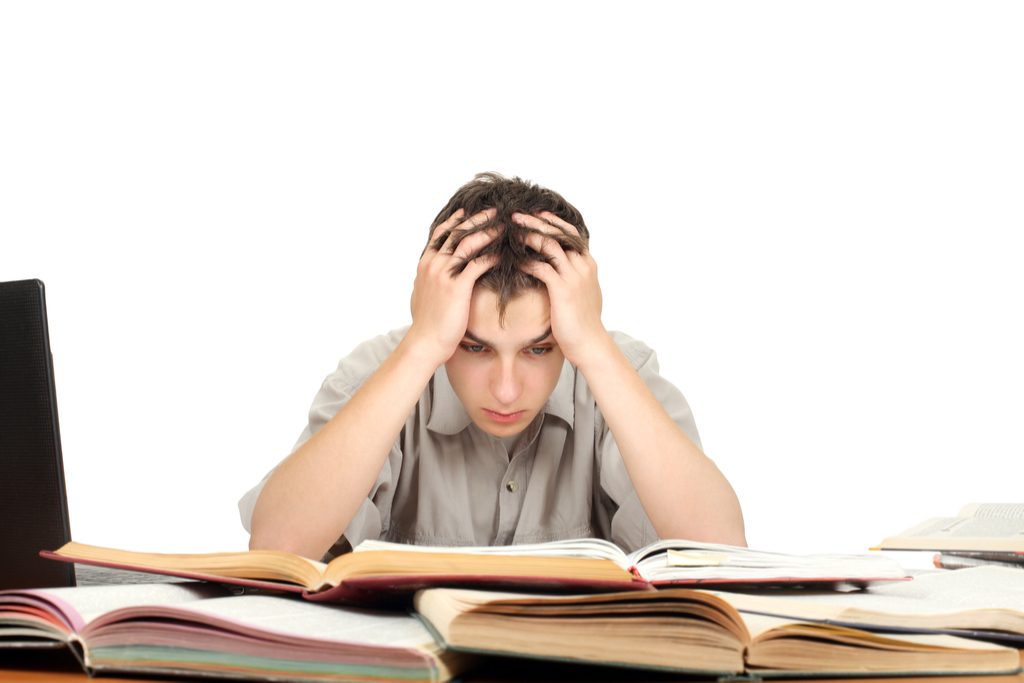 biomedcentral.com/articles/10.1186/s12909-015-0412-4.
biomedcentral.com/articles/10.1186/s12909-015-0412-4.
24. Shcherbatykh Yu. V. Psychology of stress. — Moscow: Eksmo. 2006.
1. Conley C. S., Shapiro J. B., Kirsch A. C. et al. A meta-analysis of indicated mental health pre-vention programs for at-risk higher education students. J Couns Psychol. 2017; 64(2): 121–140. https://doi.org/10.1007/s11121-015-0543-1.
2. Tung Y. J., Lo K. K. H., Ho R. C. M. et al. Prevalence of depression among nursing students: A systematic review and meta-analysis. Nurse Education Today. 2018; 63:119–129. DOI: 10.1016/j.nedt.2018.01.009.
3. Winzer R., Lindblad F., Sorjonen K. et al. Positive versus negative mental health in emerging adulthood: a national cross-sectional survey. BMC Public Health. 2014; 14:1238. https://doi.org/10.1186/1471-2458-14-1238.
4. Winzer R., Lindberg L., Guldbrandsson K. et al. Effects of mental health interventions for students in higher education are sustainable over time: a systematic review and meta-analysis of randomized controlled trials. Peer J. 2018; 6. Available at: https://peerj.com/articles/459eight/. Ac-cessed: September 24, 2019. https:// doi.org/10.7717/peerj.4598.
Peer J. 2018; 6. Available at: https://peerj.com/articles/459eight/. Ac-cessed: September 24, 2019. https:// doi.org/10.7717/peerj.4598.
5. Rotenstein L. S., Ramos M. A., Torre M. et al. Prevalence of Depression, Depressive Symptoms, and Suicidal Ideation Among Medical Students: A Systematic Review and Meta-Analysis. JA-MA. 2016; 316(21): 2214–2236. https://doi.org/10.1001/jama.2016.17324.
6. Dahlin M., Joneborg N., Runeson B. Stress and depression among medical students: a cross-sectional study. Med Educ. 2005; 39(6): 594–604. https://doi.org/10.1111/j.1365-2929.2005.02176.x.
7. Zakharova L. I. Anorexia nervosa: prevalence, diagnostic criteria and psychosomatic relations. Scientifi c results of biomedical research. 2019; 5(1): 108–121. DOI: 10.18413/23113-8955-2019-5-1-0-8.
8. Hunt J., Eisenberg D. Mental health problems and help-seeking behavior among college students. J Adolesc Health. 2010; 46(1): 3–10. https://doi.org/10.1016/j.jadohealth.2009.08. 008.
008.
9. Qamar K., Khan N. S., Bashir Kiani M. R. Factors associated with stress among medical students. J Pak Med Assoc. 2015; 65(7): 753–755.
10. Saeed A. A., Bahnassy A. A., Al-Hamdan N. A., Almudhaibery F. S., Alyahya A. Z. Perceived stress and associated factors among medical students. Journal of Family and Community Medicine. 2016; 23(3): 166–171. DOI: 10.4103/2230-8229.189132.
11. Gorbyleva K. V., Bebinov S. E., Zarifyan A. G. Correlation of psychophysiological characteristics of students of military and medical universities. Bulletin of the Kyrgyz-Russian Slavic University. 2014; 14(5):39–42.
12. Turovaya A. Yu., Kade A. Kh., Velichko M. A. et al. Manifestations of psychoemotional stress in medical students depending on academic performance during the session. International Journal of Applied and Basic Research. 2014; 5(1): 145–146.
13. Reisbig A. M., Danielson J. A., Wu T. F. et al. A study of depression and anxiety, general health, and academic performance in three cohorts of veterinary medical students across the fi rst three semesters of veterinary school. J Vet Med Educ. 2012; 39(4): 341–358. http://dx.doi.org/10.3138/jvme.0712-065r.
J Vet Med Educ. 2012; 39(4): 341–358. http://dx.doi.org/10.3138/jvme.0712-065r.
14. Ruzhenkova V. V. Educational stress as a risk factor for the formation of addictive behavior, anxiety and depressive disorders in foreign medical students. Scientifi c result. medicine and pharmacy. 2018; 4(2): 55–68. DOI: 10.18413 / 2313-8955-2018-4-2-0-6.
15. Ruzhenkov V. A., Ruzhenkova V. V. Some aspects of the suicidal behavior of students and possible ways of prevention. Siberian Bulletin of Psychiatry and Addiction. 2011; 4(67): 52–54.
16. Yusoff M. S., Abdul Rahim A. F., Baba A. A. et al. Prevalence and associated factors of stress, anxiety and depression among prospective medical students. Asian J Psychiatr. 2013; 6(2): 128–33. https://doi.org/10.1016/j.ajme.2016.01.005.
17. Melaku L., Mossie A., Negash A. Stress among Medical Students and Its Association with Sub-stance Use and Academic Performance. Journal of Biomedical Education. 2015. Available at: https://www.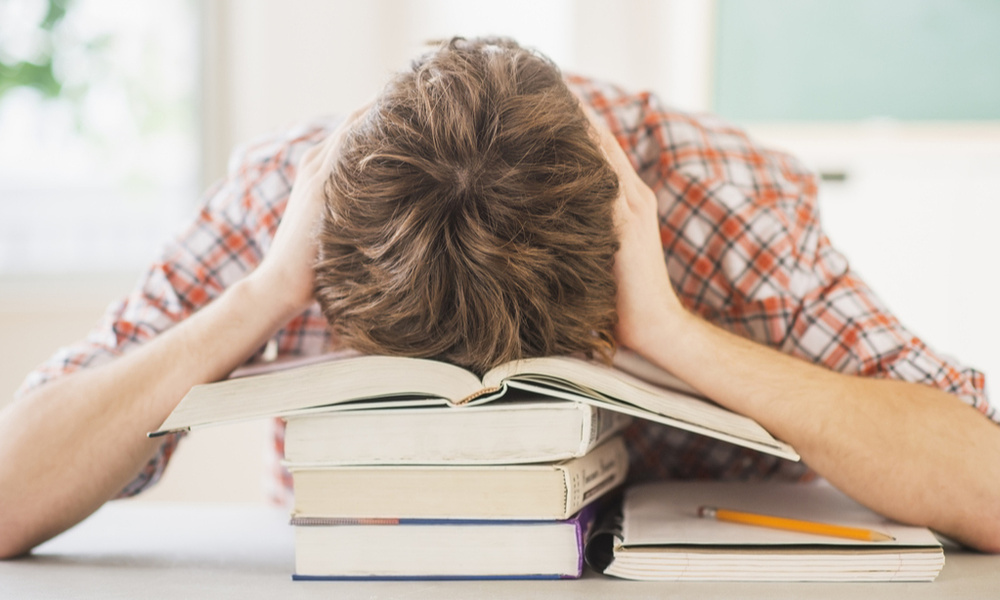 hindawi.com/journals/jbe/2015/149509/. Accessed: September 24, 2019. http://dx.doi.org/10.1155/2015/149509.
hindawi.com/journals/jbe/2015/149509/. Accessed: September 24, 2019. http://dx.doi.org/10.1155/2015/149509.
18. Efi mova L. A. Assessment of the inflation of stress factors on the students’ educational behavior: on the example of students of Derzhavin Tambov State University [Electronic resource]. — Access mode: http://www.tsutmb. ru/nayk/nauchnyie_meropriyatiya/int_konf/vseross/i_vserossijskaya_nauchnaya_studencheskay/oczenka_vliyaniya_stressovyix_faktorov_na_u (accessed 10/01/2019).
19. Mayer B. F. Factors associated with depression and anxiety in medical students: a multicenter study. BMC Med Educ. 2016; 16(1): 282–285.
20. Ruzhenkov V. A., Ruzhenkova V. V. The attitude of nurses of a psychiatric hospital and the department of higher medical education to suicides as a reflection of social stigmatization. Suicidology. 2013; 4(2): 63–68.
21. Hankir A. K., Northall A., Zaman R. Stigma and mental health challenges in medical students [Electronic resource]. BMJ Case Rep. 2014. pii:bcr2014205226. — Mode of access: http://casereports.bmj.com/content/2014/bcr-2014-205226.long.
BMJ Case Rep. 2014. pii:bcr2014205226. — Mode of access: http://casereports.bmj.com/content/2014/bcr-2014-205226.long.
22. Adams D. F. The embedded counseling model: an application to dental students. J Dent. Educ. 2017; 81(1):29-35.
23. Aboalshamat K., Hou X. Y., Strodl E. The impact of a self-development coaching program on medical and dental students’ psychological health and academic performance: a randomized controlled trial. BMC Med. Educ. 2015; 15:134 [Electronic resource]. — Mode of access: https://bmcmededuc.biomedcentral.com/articles/10.1186/s12909-015-0412-4.
24. Shcherbatykh Yu. V. Psychology of stress. — Moscow: Eksmo. 2006.
The problem of studying mental health among students of higher educational institutions is becoming increasingly relevant [1, 2], since symptoms of depression, anxiety and distress are more common in students than in peers [3, 4], as well as population as a whole [5]. A higher frequency of mental disorders in students is associated with both learning distress [6] and is a reflection of the deterioration in the mental health of adolescents [7, 8].
Among medical students, chronic stress is more common than in the general population [9, 10], and negatively affects students, contributes to anxiety and depression, reduces life satisfaction, negatively affects performance and general health, and leads to the risk of developing diseases gastrointestinal tract [11, 12, 13, 14] and suicidal behavior [15].
The situation is complicated by the fact that already among those entering medical institutes there is a high prevalence of stress, anxiety and depression, and with the beginning of studies, their level increases significantly [16, 14]. Students with a high level of distress [17] are 2–4 times more likely to use psychoactive substances (drugs, alcohol) and smoke tobacco. The stressful state of students negatively affects the state of mental health, leads to a deterioration in academic performance [18, 13], a decrease in the level of professional training and success in the future [4].
Medical students with high levels of anxiety and depression often refuse support systems or have difficulty accessing them [19].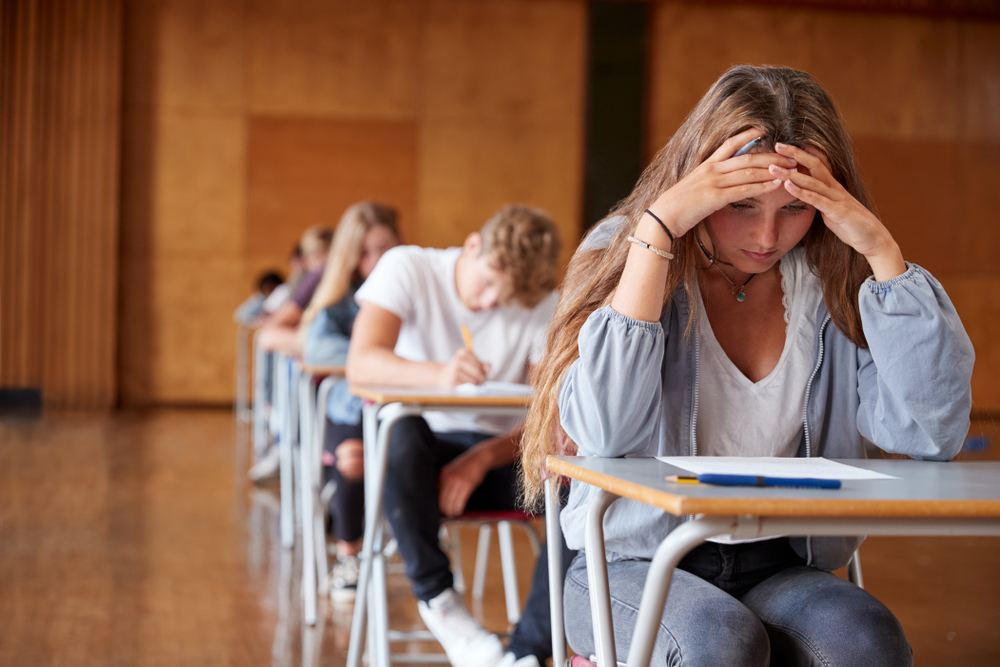 However, doctors and medical students rarely seek help for their own mental health problems. Only situations that are critical for their mental health can serve as a reason for contacting a specialist. This is associated with the fear of being stigmatized because of their disorder [20, 21]. It is known that repeated visits to a specialized student counseling center with a high level of psychological stress increases the level of general functioning [22]. At the same time, many self-learning skills and strategies programs aimed at improving the psychological health and academic performance of students show only short-term improvements in depression and anxiety and do not affect academic performance [23].
However, doctors and medical students rarely seek help for their own mental health problems. Only situations that are critical for their mental health can serve as a reason for contacting a specialist. This is associated with the fear of being stigmatized because of their disorder [20, 21]. It is known that repeated visits to a specialized student counseling center with a high level of psychological stress increases the level of general functioning [22]. At the same time, many self-learning skills and strategies programs aimed at improving the psychological health and academic performance of students show only short-term improvements in depression and anxiety and do not affect academic performance [23].
For Citation:
Ruzhenkova Viktoria Viktorovna, Sheremetyeva Irina Igorevna, Ruzhenkov Viktor Aleksandrovich, Comparative characteristics of academic stress and mental health of senior medical students studying at various universities (results of an interregional study). Bulletin of neurology, psychiatry and neurosurgery. 2020;5.
Bulletin of neurology, psychiatry and neurosurgery. 2020;5.
The full version of the article is available to subscribers of the journal
For Citation:
Ruzhenkova Viktoriya Viktorovna, Sheremetyeva Irina Igorevna, Ruzhenkov Viktor Aleksandrovich, Comparative characteristics of academic stress and the state of mental health of senior medical students studying at various universities (results of an interregional study). Bulletin of neurology, psychiatry and neurosurgery. 2020;5.
full name
Your e-mail
Your telephone number is
By clicking the "Get access" button, you consent to the processing of your personal data
Your name
Your last name
Your e-mail
Your telephone number is
Create a password
Password again
To remember me
Inform me about all the news and special offers by mail
A confirmation code has been sent to the phone number you provided.
It will be possible to request the code again in seconds.
Confirmation code
A confirmation code has been sent to the phone number you provided.It will be possible to request the code again in seconds.
Confirmation code
A confirmation code has been sent to the phone number you provided.It will be possible to request the code again in seconds.
Confirmation code
Login
Password
Your name:
Your e-mail:
Your phone:
Message:
The site uses reCAPTCHA spam protection and applies Terms of Use and Google Privacy
Use this device?
Only one device is allowed to use one account at a time.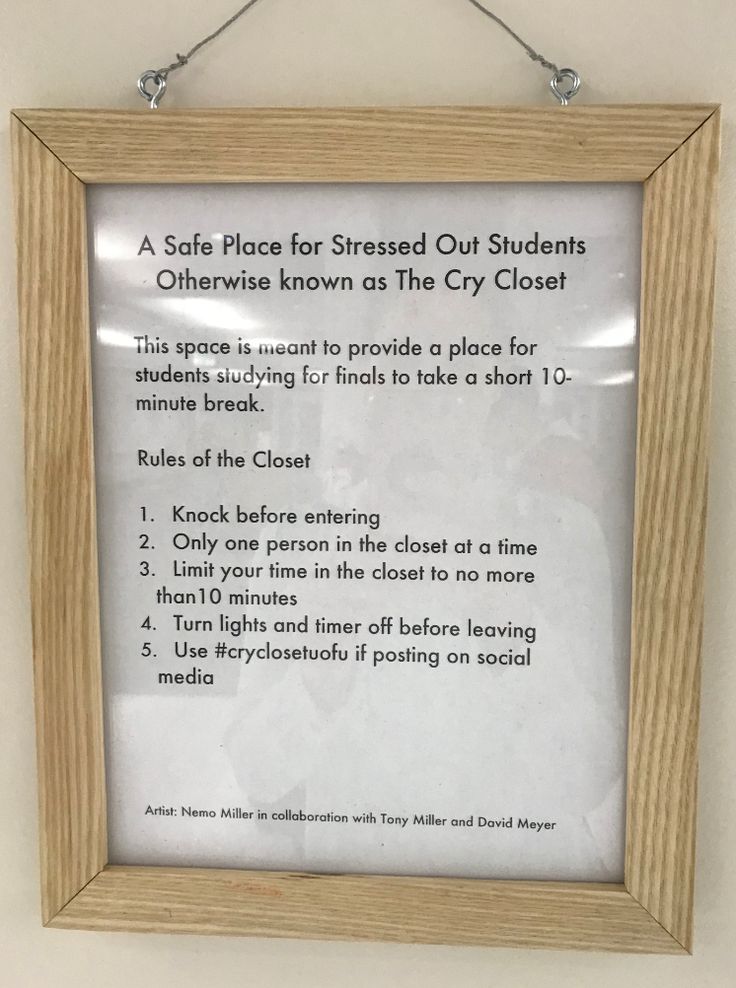
It will be possible to request the code again in seconds.
Confirmation code
×
We have translated you to the Russian version of the site
You have been redirected to the Russian version
We use cookies
All Europe | Journal of EU-Russia relations
What kind of Council of Europe do we need
The winter session of the Parliamentary Assembly of the Council of Europe (PACE), held in Strasbourg on January 27-31, 2020, demonstrated the importance of the participation of the delegation of the Federal Assembly in its activities. The delegation was active. She has accomplished a lot. At the same time, the results of the session and the manner in which the hearings proceeded convincingly testify that growing difficulties await Russia in the Council of Europe. ...
...
Issues Archive
Select a journal issue from the list to see all articles in that issue
Select year20192018201720162015201420132012201120102009200820072006Event diary
Consequences of the COVID-19 pandemic and the deterrent effect of the global institutional and regulatory system on US policy
Focus onIf you fully trust the current figures and information flow, you may get the impression that the United States is falling apart, losing control, plunging into the abyss of a crisis, followed by a deep depression [Hirsh 2020; Golden 2020]. An order of magnitude more destructive than...
EU squared circle
In focusPassion for the draft budget of the European...
Brexit: It's Not Evening, But It's Already Twilight
In focusNegotiation marathon to the end has started...
Germany: Erfurt Surprise
In focus Actually, actually the word.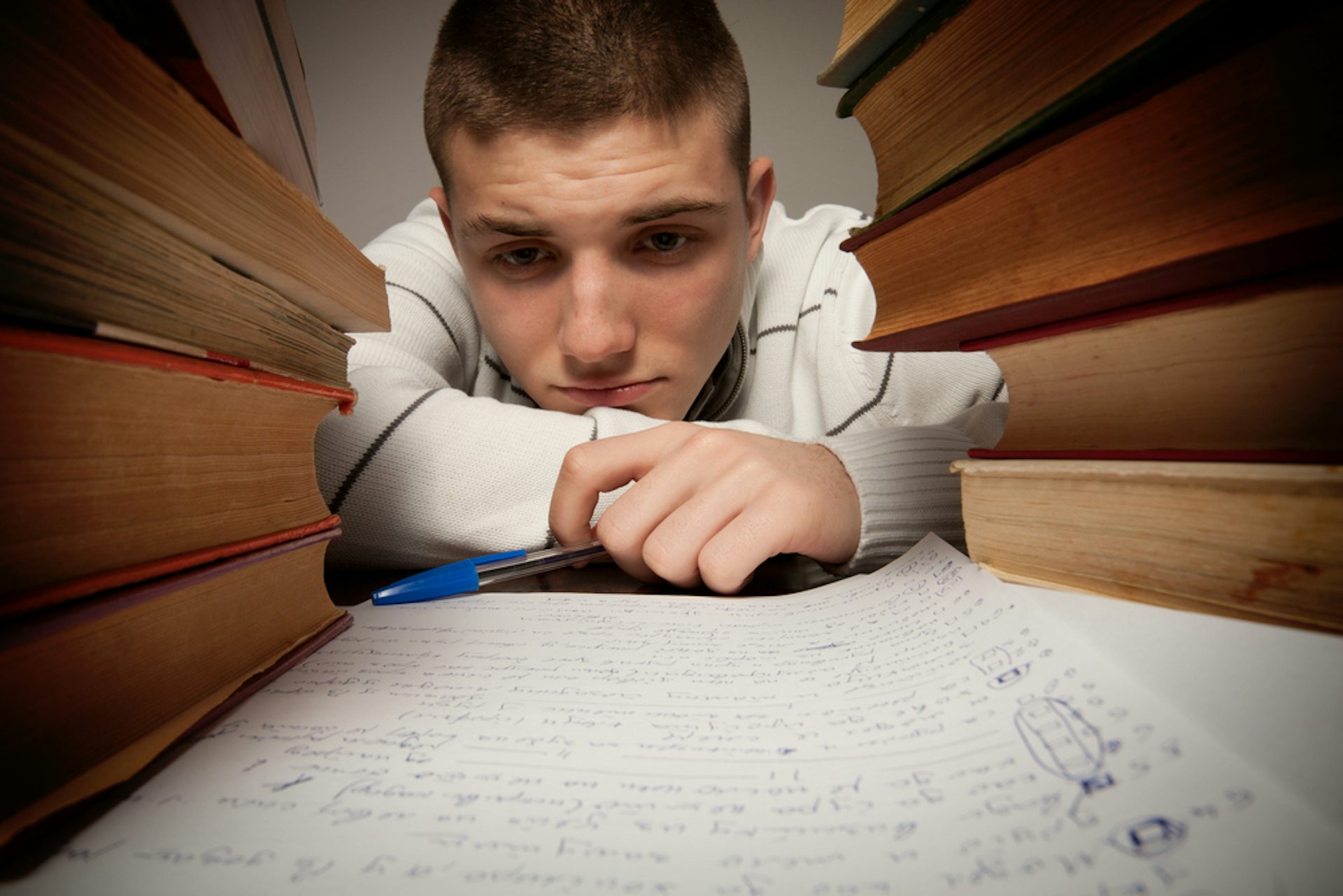 ..
..
Surrender of successor
In FocusAfter an extremely noisy scandal...
Another slap in the face
In FocusFebruary Elections to the Hamburg Burgerschaft...
UK: how boy major Cameron ended up in the red
PoliticsThe covert Eurosceptic fell prey to self-deception...
Germany: what a party looks like without leadership
PoliticsOne could answer: approximately...
What should they do with the AfD?
PoliticsThey are the functionaries of the Christian Democratic...
France: how it all began!
InnovationsKey reform of the entire presidential mandate...
Spain: getting asylum will become more difficult
ImmigrationThe Spanish government is preparing a new bill...
Read the whole section
Trends & Forecasts
Brexit: Britain goes solo
Commentary Why island euroskeptics took over in 2016 ... A landmark confession, somewhat akin to a Freudian slip, was made by Ian Sean, Director of Development of the Global Aquaculture Alliance, in his Skype speech during the V International Fish Conference.
